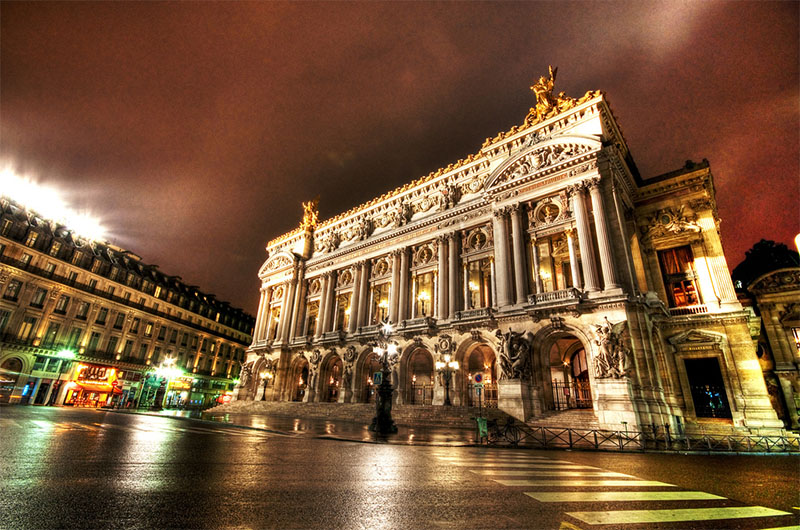Charles Garnier designed the Opéra de Paris, completed in 1875 at the height of the Second Empire. Napolean III envisioned a temple to the arts as the pinnacle of a modern movement. Baron Haussmann tore down significant portions of Paris to introduce modern avenues, uniform 6-story mixed living units, and grand civic centers. The opera was meant to be a world center for lofty artistic pursuits, which only the upper class could access, and as such was an architectural wonder of the age.
Appeal To Tradition – This was a new age for art and Modernism was in full swing. Impressionism, Symbolism, and Realism communicated in a new way. Nobody appreciated the sentimental old style. But Garnier rejected Modernism and modeled the opera house with the axis floorplan of a church and the lavish pomp of a palace.
Garnier’s travels and intense study of Greek and Roman classics is evident in his Théâtre National de l’Opéra. The the beaux-arts school taught him to mix historic symbols of the higher arts with modern building technology, with divergent results. Symmetry and concentric radial forms within rectangular frames are classic principles which Garnier expertly used. The geometric exercise of a circular theater within a rectangular form is especially tricky as the straight city streets press upon the building on all sides and the front plaza impress the building’s geometry into its surroundings.
The front facade is articulated with a piano-nobile loggia of columns that references the Louvre. Garnier references other works in this facade, including Palladio’s Vicenz town hall, Versailles, and the Aile Lescot. Six types of stone and a variety of wood and precious metals recall the color and grand scene of Classical temples. Garnier intended this to inspire a “variety of outfits” in a “quivering” crowd. An excited audience “which observes and knows itself observed.” A dominant red color, particularly in soft velvet interior materials, brought out the ladies’ blushing low neckline, Garnier said, a tapestry of beauty.
Dramatic Aesthetic – Garnier put early emphasis on easy circulation. A hierarchy of circulation paths range from grand front entrance steps, tall central lobby, and low dim hallways. Each path is celebrated as a new event and opportunity for social interaction. Dramatic statues of mythological gods and paintings of heavenly scenes attend these events and inspire fantasy in human to human interaction.
Gaston Leroux described the dramatic effect of the opulent drama:
“In the orchestra stalls, the drugget covering them looked like an angry sea, whose glaucous waves had been suddenly rendered stationary by a secret order from the storm phantom… They made for the left boxes, plowering their way like sailors who leave their ship and try to struggle to the shore. The eight great polished columns stood up in the dusk like so many huge piles supporting the threatening, crumbling, big-bellied cliffs, whose layers were represented by the circular, parallel, waving lines of the balconies of the grand, first and second tiers of boxes. At the top, right on top of the cliff, lost in M. Lenepveu’s copper ceiling, figures grinned and grimaced, laughed and jeered… And yet these figures were usually very serious. Their names were Isis, Amphitrite, Hebe, Pandora, Psyche, Thetis, Pomona, Daphne, Clytie, Galatea and Arethusa. Yes, Arethusa herself and Pandora, whom we all know by her box, looked down…”
The interior’s 30,000 Franc, 6 ton chandelier was unprecedented for its time. Critics complained that it obstructed views and provided a central light that was too bright and disturbed many. Criticism turned to urban legend in 1896 when a counter-weight failed and the chandelier fell, killing one person. But the views, safety, and acoustics of the theater room were not the main concerns of design. It was the rich Baroque decorations and lavish sculpture work of historical artists and a Neoclassic style, stretched to the limits, the cohesion of modern rationalism and technology, historical values and social oppression that kept the crowds coming. The opera house is a museum of human mythology come alive.
Gloom – Modernism could not be kept out. The circular celing above the chandelier was replaced in 1964 with a crappy painting by Marc Chagall. Still, otherwise the building has kept its plush, gloomy atmosphere that has become a trademark of what many call Gothic. If architecture is the means of social control and personal artistic revelation, this is certainly one of the greatest works of architecture ever created.
More Info, More Info, More Info, Video , Book
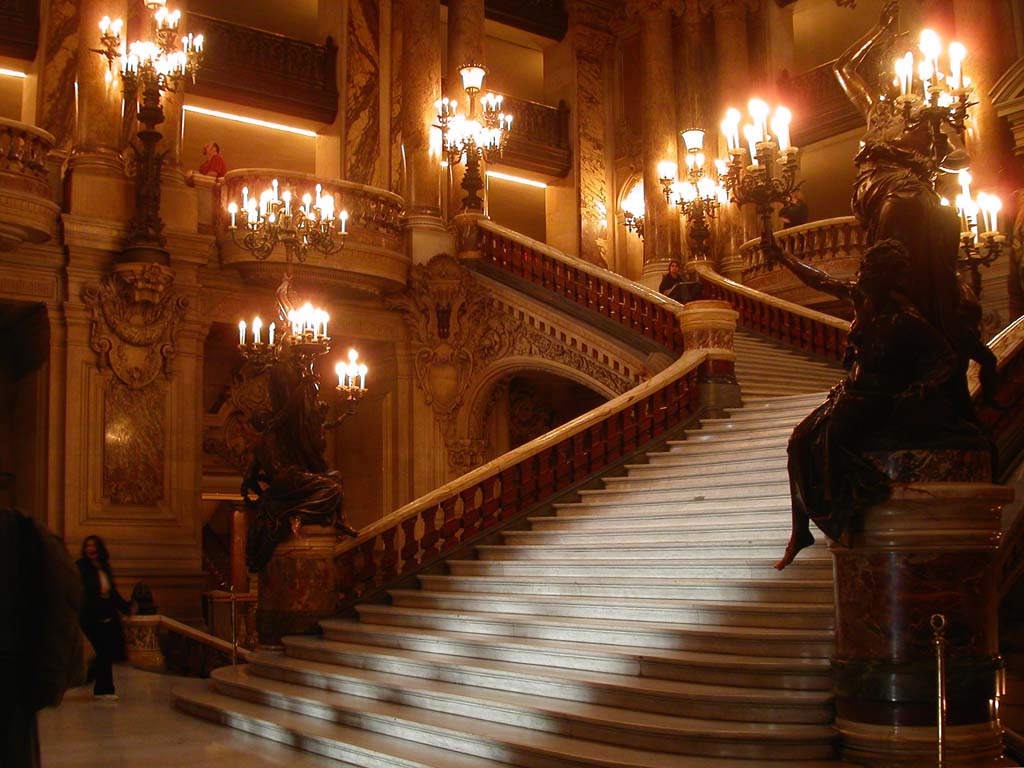
(scarletgreen– flickr/creative commons license)
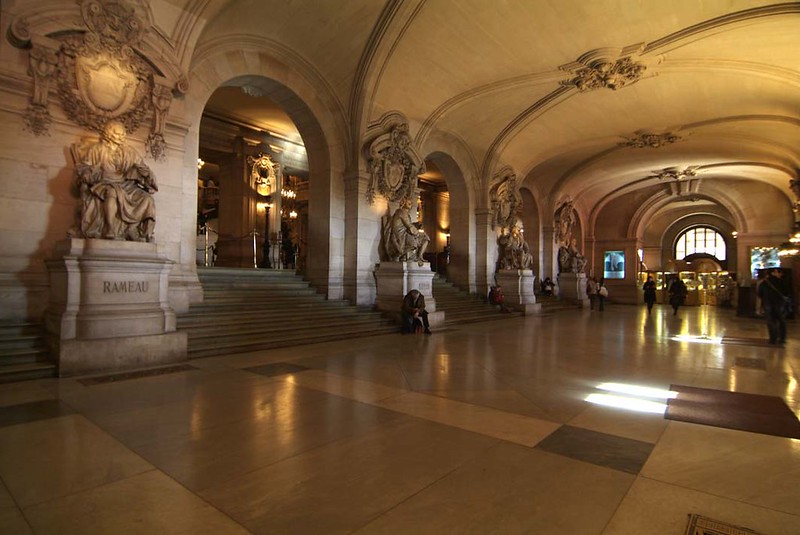
(midorisyu– flickr/creative commons license)

(Peter Rivera– flickr/creative commons license)

(johntrainor– flickr/creative commons license)

(beggs– flickr/creative commons license)

(Gretchen Mahan– flickr/creative commons license)
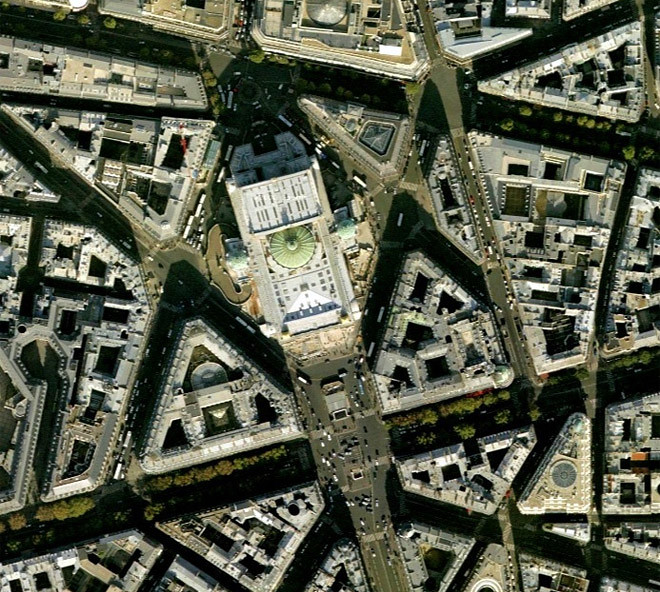
(REVIVALthedigest– flickr/creative commons license)<
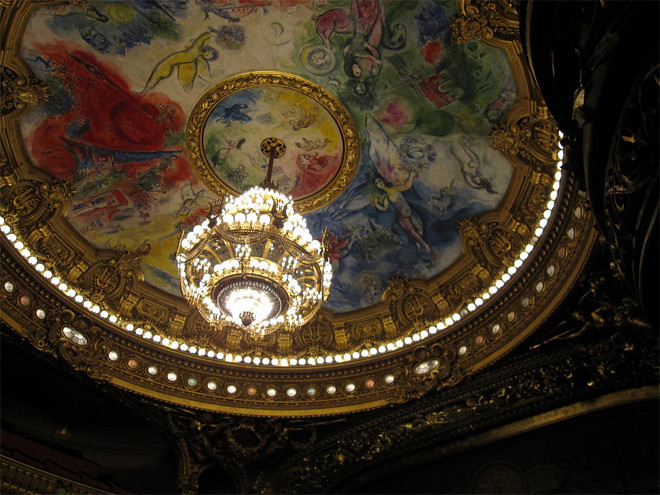
(thenestor– flickr/creative commons license)
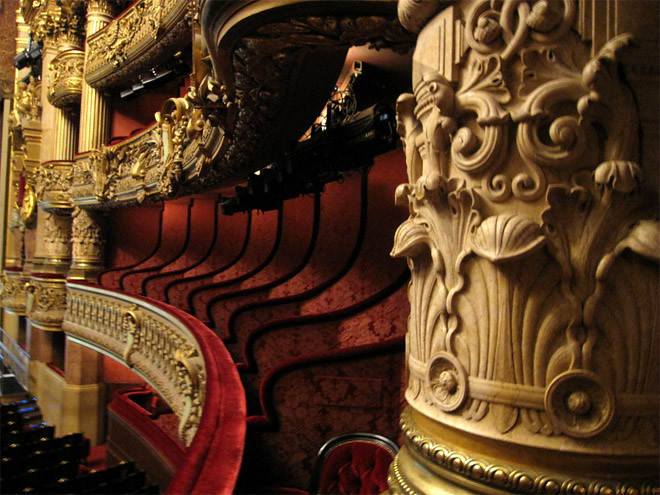
(thenestor– flickr/creative commons license)
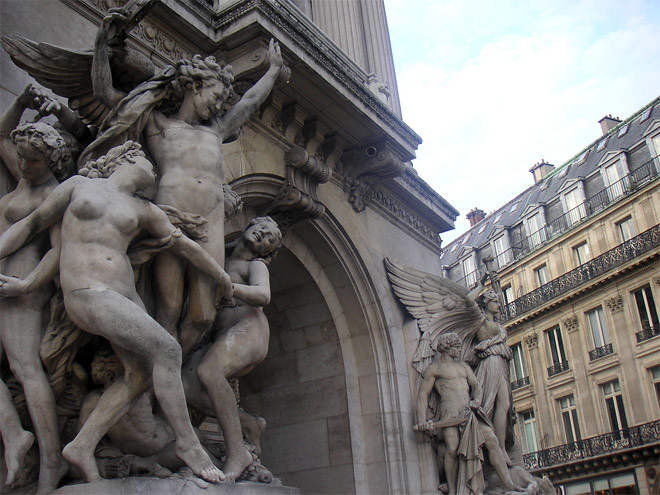
(firepile– flickr/creative commons license)
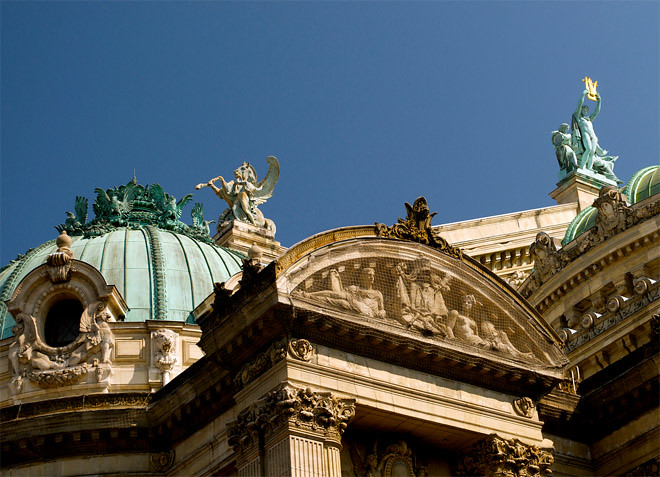
(Peter Rivera– flickr/creative commons license)
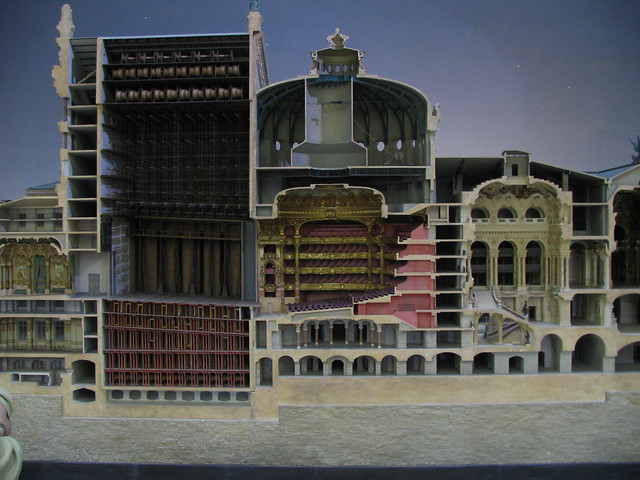
(ConspiracyofHappiness– flickr/creative commons license)

(evocateur– flickr/creative commons license)

